
By Keith Farrell and Alex Bourdas - Fallen Rook Publishing
The uniqueness of Historical European Martial Arts rests on written or reconstructed sources, and on our understanding of the historical context of our Arts - and thus on the book.
Build your club or personal library with these source facsimiles, and other works of interpretation, research, history and technique.
And because a library is an environment, we'll soon offer you the objects and accessories to help you make your preferred place of study functional, pleasant and beautiful.
Showing 1-34 of 34 item(s)
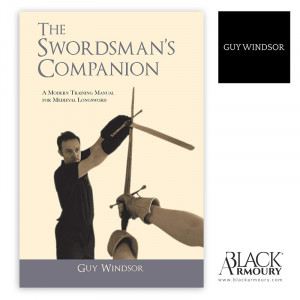
2004 - Guy Windor's first book. Still valuable as a general guide to how and why you should train swordsmanship.
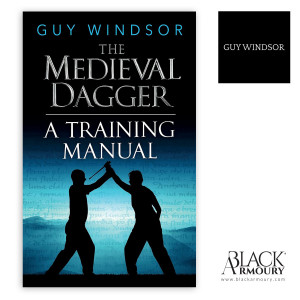
2012 - Both a primer and a methodology, this book is perfect for the novice, while providing useful drills and ideas for advanced martial artists.
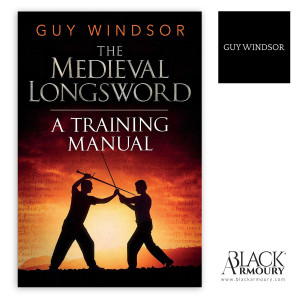
2014 - Both a primer and a methodology, this book is perfect for the novice, while providing useful drills and ideas for advanced martial artists.
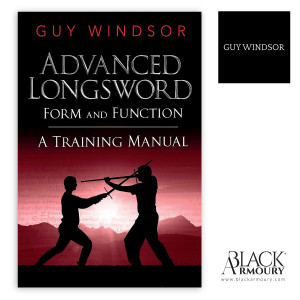
2020 - This book builds on the foundation laid in The Medieval Longsword, and teaches you how to train Fiore dei Liberi’s Art of Arms.
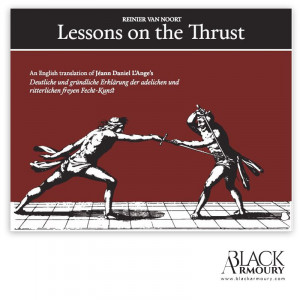
This was one of the first concise and systematic treatises on the typically German style of rapier fencing.

2014 - Both a primer and a methodology, this book is perfect for the novice, while providing useful drills and ideas for advanced martial artists.

2020 - This book builds on the foundation laid in The Medieval Longsword, and teaches you how to train Fiore dei Liberi’s Art of Arms.
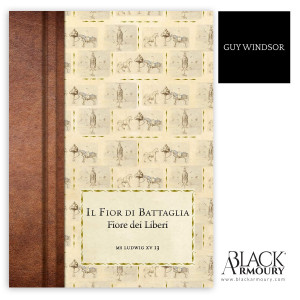
c. 1410 (2017) - Facsimile of Fiore's manuscript Ms Ludwig XV 13, Il Fior di Battaglia in the Getty Museum, Los Angeles

2012 - Both a primer and a methodology, this book is perfect for the novice, while providing useful drills and ideas for advanced martial artists.

2020 - Demystifies one of the greatest martial arts books of all time, Fiore dei Liberi's Il Fior di Battaglia

2004 - Guy Windor's first book. Still valuable as a general guide to how and why you should train swordsmanship.

This was one of the first concise and systematic treatises on the typically German style of rapier fencing.